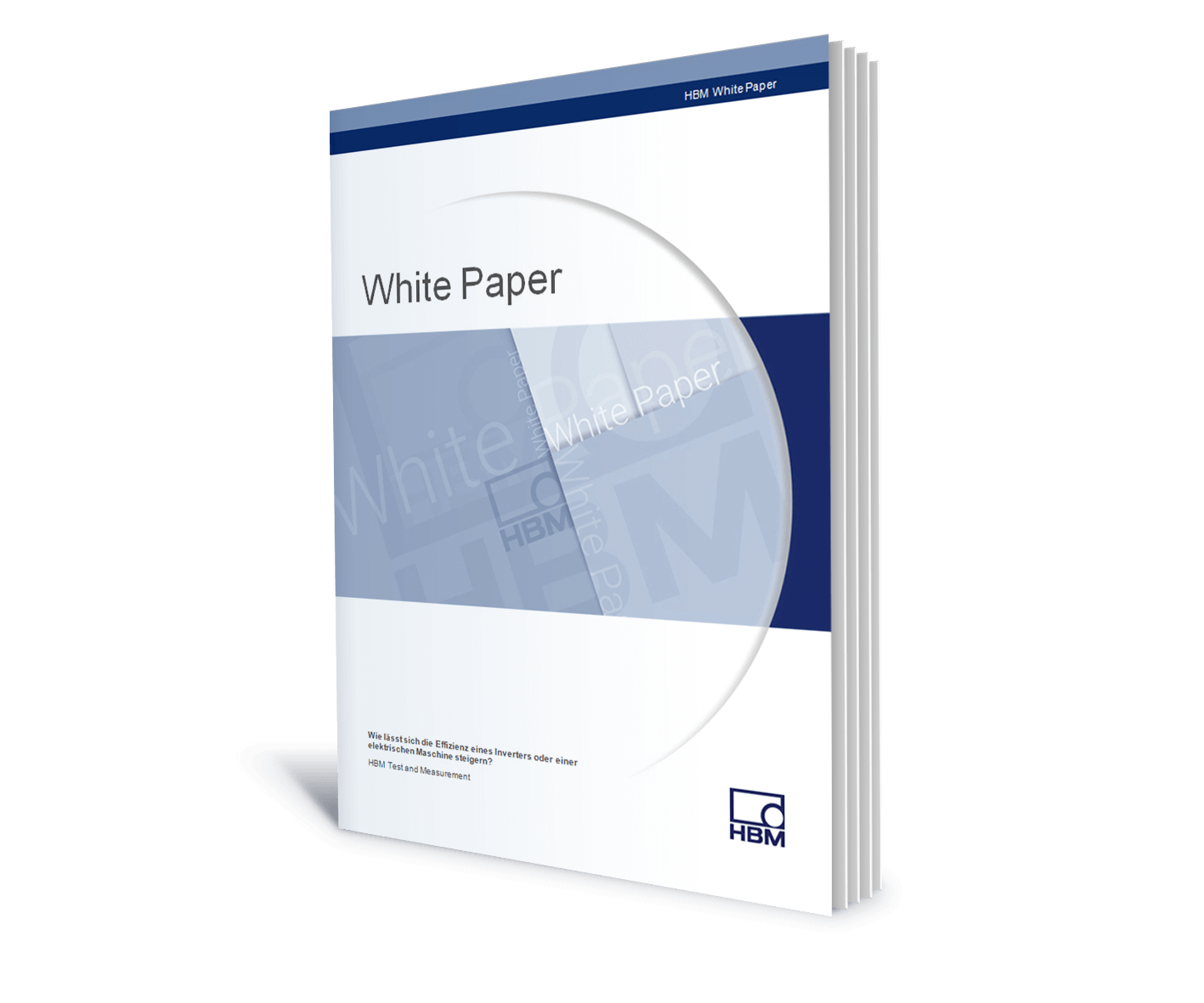Preventing 3 Errors in Signal Conditioning to Reach Accurate Test Results
The more precisely measurands can be acquired, the fewer rejects are generated, which leads to more economical processes. High-precision sensors and amplifiers are important because of this, especially in industrial production and test benches, where they represent an opportunity to achieve significant gains in productivity with modest investments. In this article, we show you which factors can negatively affect the accuracy of industrial amplifiers, what impact this has on your measurement results, and how you can avoid these errors.
It should be clear to all machine operators that the entire measurement chain is only as precise as its weakest link. Often, however, high-quality sensors (for example with an accuracy class of 0.02) are used with less precise amplifiers (for example with an accuracy class of 0.1). The resulting overall accuracy will then be greater than 0.1.
